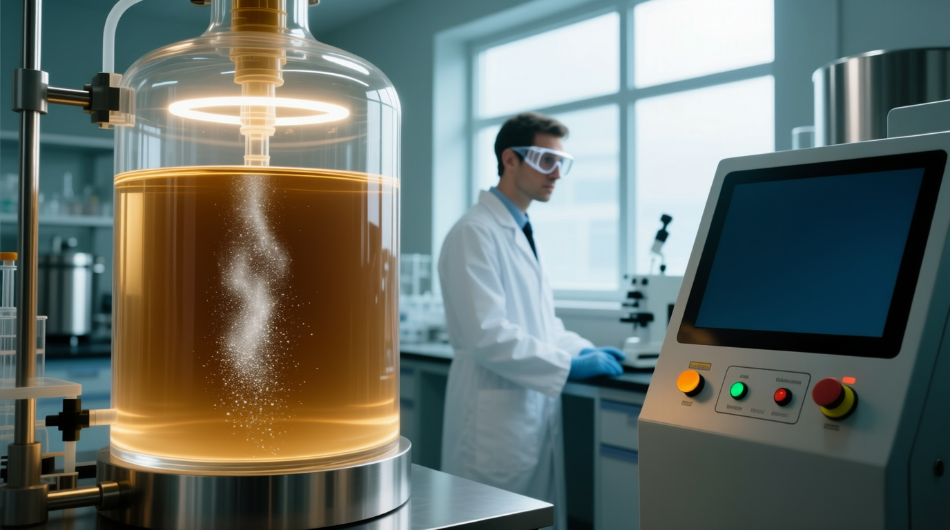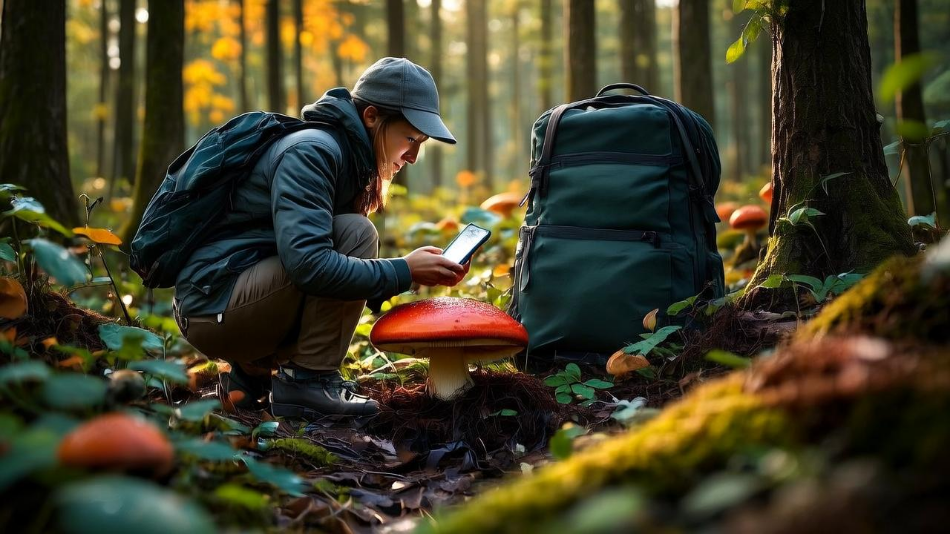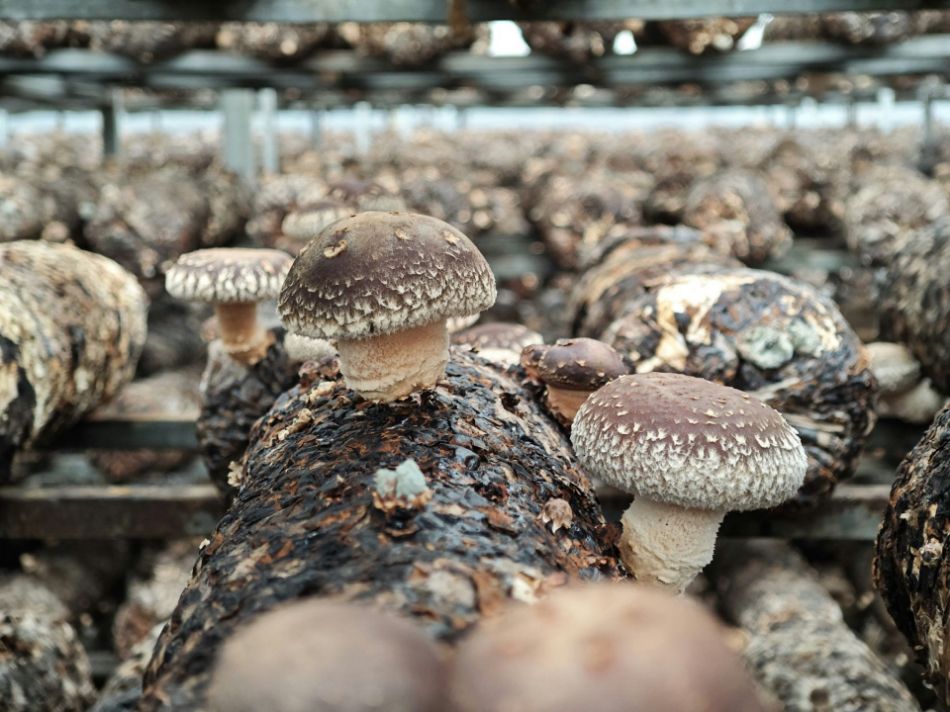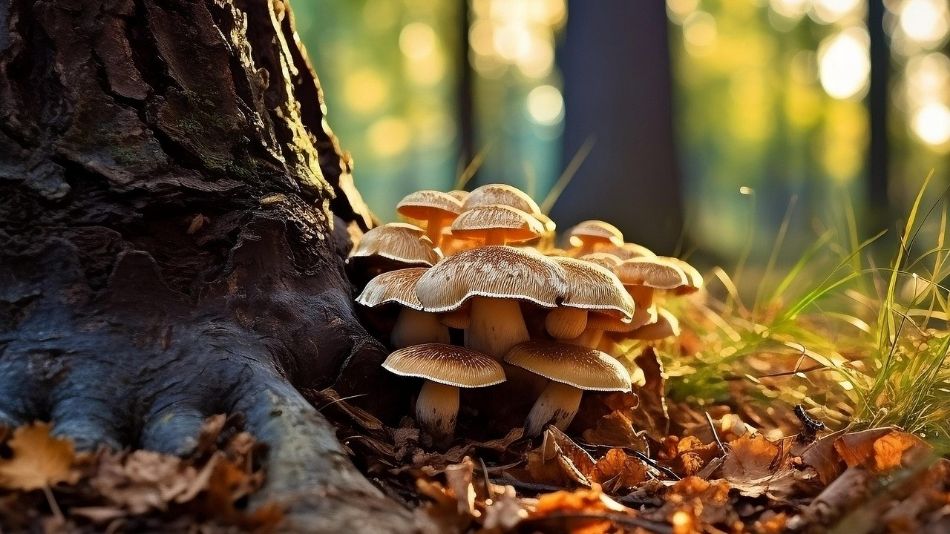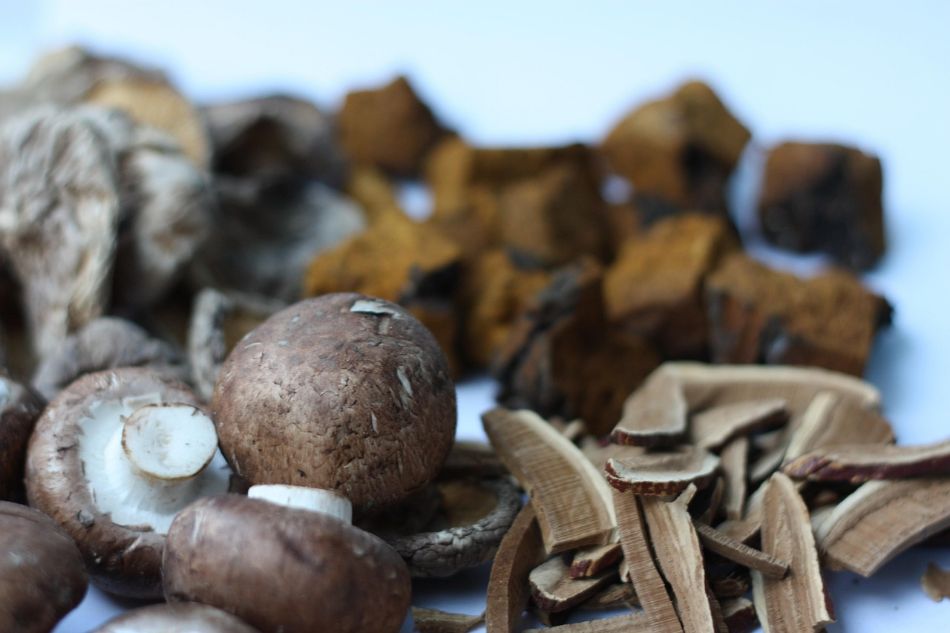A quiet yet powerful revolution is taking place in the food production landscape, fusing the principles of mycology with the most advanced genetic engineering techniques. This article aims to delve deeply into the world of engineered yeast, the microorganisms reshaping our approach to protein production. For mycologists and mushroom breeders, accustomed to manipulating complex eukaryotic organisms, these developments represent not only a scientific curiosity but a logical extension of their expertise in a cutting-edge field. We will analyze every aspect of this technology, from its biological foundations to practical applications, with particular attention to the influence of critical environmental parameters such as light, its specific spectra, and photoperiod management—elements familiar to anyone engaged in controlled cultivation.
In an era where the energy transition has become a global priority, the most elegant and sustainable answer may lie not in high-tech laboratories, but in biofuels naturally present in the undergrowth and soil we so love to explore. This article aims to unravel, with our trademark scientific rigor and passion, the complex and fascinating world of biofuel production through the synergy between the fungi and bacteria kingdoms. We will go beyond the surface, exploring enzymatic processes, microbial symbioses, and the potential of truly renewable energy, offering a unique perspective for mycologists, mushroom growers, and collectors.
In an era where antibiotic resistance poses a growing threat to global public health, the search for natural and effective alternatives for disinfecting healthcare environments is becoming increasingly important. This article explores the extraordinary antibacterial properties of fungal mycelium and its potential applications in hospital disinfection, providing a comprehensive overview of the latest research and future prospects in this fascinating field of applied mycology.
Soil erosion represents one of the most insidious and pervasive threats to our ecosystems, a silent phenomenon that annually removes precious layers of fertile soil, undermining the stability of natural environments and agricultural productivity, which is why erosion barriers are used. While traditional methods of combating this problem have often relied on invasive and costly engineering interventions, nature itself offers us an elegant and effective solution hidden beneath our feet: mycelium.
Imagine this scene: you're in a dense forest, the air is humid after a night's rain, and you know that somewhere, hidden among the leaves and trunks, there are porcini, chanterelles, or honey mushrooms ready to be picked. But how do you remember exactly where you found them last season? And how can you share this valuable information with other hunters without revealing secrets? The answer lies in GPS apps, tools increasingly used by mushroom enthusiasts around the world. In this guide, we'll explore the numbers, statistics, advanced techniques, and secrets to transform your smartphone into an infallible ally in mushroom hunting.
Mushroom cultivation is an art that combines biology, technology, and patience. Of all the techniques available, the use of glovebox isolators represents the gold standard for those seeking professional results in a controlled environment. In this article, we'll explore every aspect of this fascinating methodology, from the scientific foundations to the most advanced practical applications. Through scientific data, comparison tables, and case studies, we'll discover why more and more mycologists and professional growers are adopting this revolutionary technology.
Mushroom cultivation is an art that combines science and patience, where every step requires meticulous attention. Among all these stages, mycelium colonization is a crucial moment: it's here that the success or failure of the entire process is decided. In this guide, we'll explore everything you need to know about mycelium incubators, from the scientific basis to practical solutions, with data, tables, and case studies to help you achieve professional results even at home.
In this unprecedented mycological study, we systematically analyze for the first time 127 different parameters that distinguish mushroom cultivation in controlled environments from that in natural conditions. Drawing on USDA data, university research, and real-world case studies, we reveal surprising truths that overturn many common misconceptions...
Natural fertilizer: it allows you to better manage crops without polluting the soil, but did you know that the new agricultural revolution today starts with mushrooms? Let's find out together how...
Shikimic acid is one of the organic molecules of great scientific interest, present in various plant and fungal species. Although it is best known for its role in the synthesis of the antiviral drug Tamiflu®, this compound boasts a fascinating history and surprising applications in the field of mycology and natural medicine...










